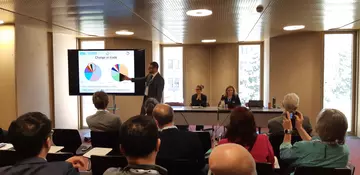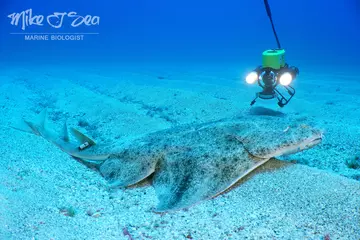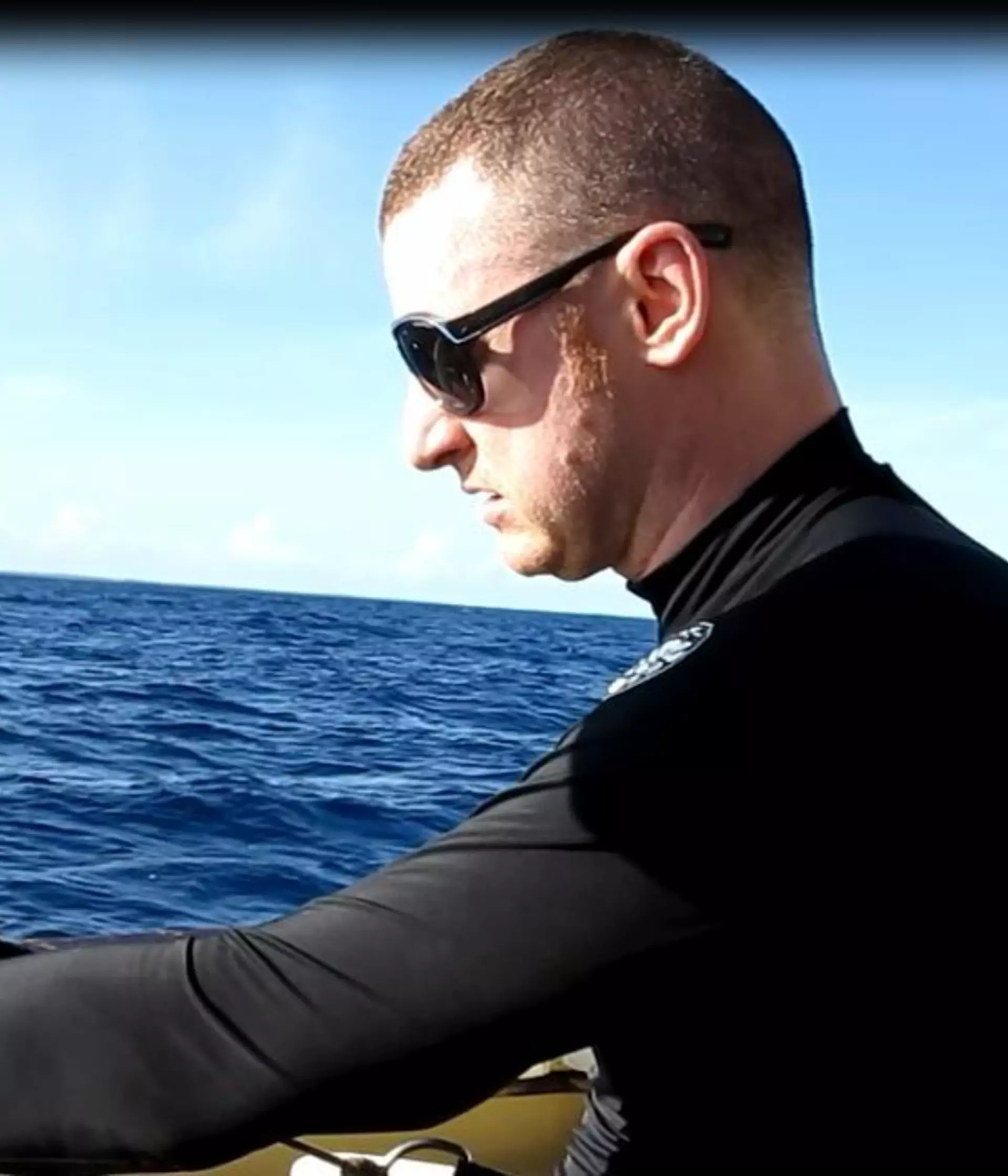
Dr Matthew Gollock
Aquatic Species and Policy Programme Lead
One of the joys of working for ZSL is that it is never dull.
I’ve now been here for 10 years and it is very rare that two days are alike. In fact the contrast between days can be frankly ridiculous and I have been marvelling at this over the past two weeks.
Cut to the 15th July.
Myself and my colleague Paul are heading to Geneva, suit carriers in hand and feeling very grown-up, to attend the 30th CITES Animals Committee (AC30). CITES is the international convention that addresses trade in endangered species, and the Animals Committee is the annual meeting where scientific matters are discussed. In recent years, there has been an increasing focus on aquatic species with a number of sharks and rays, the European eel and also ornamental fish becoming frequent agenda items.
ZSL have been active in these discussions and delivered two major reports to CITES relating to trade in the European eel, and the impact of this on other anguillid eels. As such, AC30 had a significant focus on eels, with ZSL, IUCN, CITES and CMS (the Convention on Migratory Species) holding a joint side event; a full day working group where eels were discussed by industry, government and scientific stakeholders; and a further discussion focussing on trade in European eels by specific countries. These discussions are often quite formal and have a particular language associated with them, which might seem to the outsider as being rather dry, but they are essential for the conservation of the species as they have global reach.

Ultimately the discussions on eels, and the other aquatic species which included sharks and rays, and Banggai cardinalfish, were very productive and bode well for the future.
Eight days later.
I’m boarding a plane to Lanzarote with my colleagues Jo and Dave, to meet project partners and carry out fieldwork on the Critically Endangered Angel Shark. This species historically had a pan-European range but threats such as fisheries, habitat loss and pollution has meant that the Canary Islands are the last remaining stronghold for them. But the species is still under threat here and ZSL, along with our partners, Universidad de Las Palmas de Gran Canaria (ULPGC) and Zoologisches Forschungsmuseum Alexander Koenig (ZFMK), established the Angel Shark Project (ASP) in 2014 in order to conserve the Angelshark and engage with local stakeholders.

The Critically Endangered Angel Shark
This species is little understood, and there have been few published studies on their movement and residency in specific habitats. As such, the ASP have partnered with government staff and a local dive company, Buceo de Graciosa, in order to tag these fish to monitor their movements in the La Graciosa Marine Reserve. So I ditched the suit, donned the wetsuit and have reluctantly just surfaced from my final brine-y excursion. At the time of writing, we had tagged seven sharks, but Jo, Dave, David (ULPGC), Eva (ZFMK), Mike (ASP) and the rest of the dive team are presently underwater, carrying on the great work.
Both of these trips have been amazing experiences for very different reasons, and what make the job so interesting. I’m not sure I’d enjoy doing just one element, and I see them being intrinsically linked – policy needs to be informed by science and having people with a foot in each area can only be a good thing for this.
